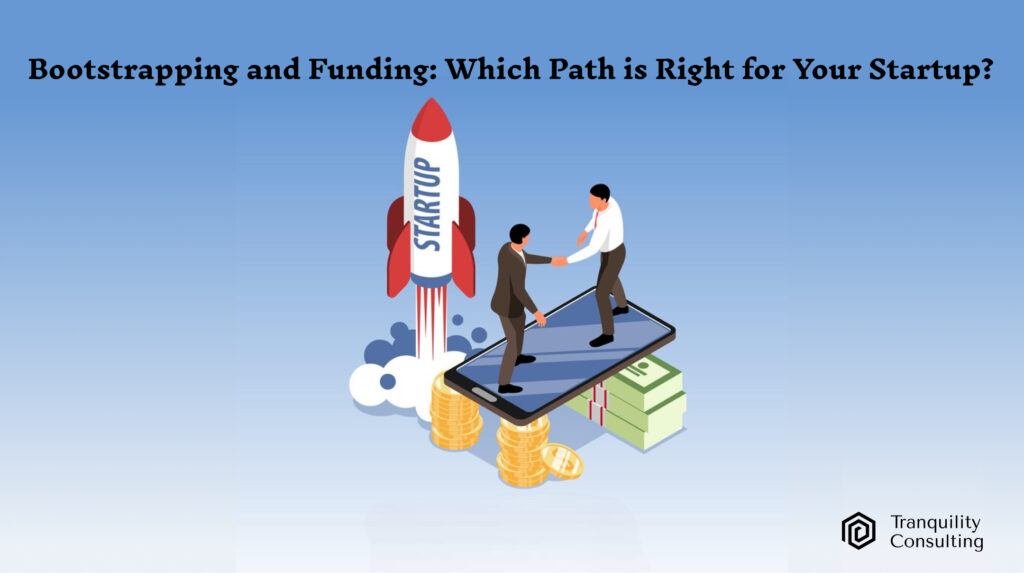SaaS companies have firmly established themselves in the current market due to their adaptability. For finance personnel, understanding revenue recognition is critical to avoiding potential pitfalls. As SaaS companies continue to lead the technology sector, the accurate recognition of revenues becomes increasingly significant for investors, regulatory authorities, and internal offices. SaaS revenue recognition is governed by the ASC 606 regulation, a crucial factor that dictates when and how a company should recognize its revenues. This blog will specifically focus on understanding the basics of SaaS revenue recognition in the U.S., the profound impact of ASC 606, and the compliance guidelines.
What is SaaS Revenue Recognition?
SaaS revenue recognition is a unique process that involves attributing SaaS revenue at the right time to financial statements. Unlike conventional software sales models, where earnings are recorded at the time of service sale, SaaS sales typically record earnings at intervals during the service period. This method, which offers a more accurate representation of the continuous delivery of the service, stands in contrast to a one-time sale, highlighting the benefits of SaaS revenue recognition.
Understanding ASC 606
ASC 606, Revenue from Contracts with Customers, is an accounting principle developed by the FASB to standardize revenue recognition across business entities. This is especially important because many SaaS businesses operate on subscription-based models.
Five-Step Model of ASC 606
- Identify the Contract with the Customer: This involves confirming an agreement between the parties that creates enforceable rights and obligations.
- Identify Performance Obligations: Determine the distinct goods or services promised in the Contract. For SaaS, this typically includes access to Software and related support services.
- Determine the Transaction Price: The total amount expected to be received in exchange for the goods or services provided.
- Allocate the Transaction Price: Assign the transaction price to the performance obligations identified in step two.
- Recognize Revenue as Performance Obligations are Satisfied: For SaaS, this means recognizing revenue over time as the customer benefits from the service.
Critical Challenges in SaaS Revenue Recognition
Implementing ASC 606 in a SaaS business comes with unique challenges:
- Subscription Models: SaaS companies often use subscription models, which require careful consideration of how revenue is recognized over time.
- Bundled Services: SaaS offerings might include Software, support, and updates. Allocating revenue across these services can be complex.
- Contract Modifications: Changes to customer contracts, such as upgrades or downgrades, must be carefully analyzed to ensure proper revenue recognition.
Best Practices for SaaS Revenue Recognition
- Implement Robust Systems: Ensure that your financial systems can handle the complexities of ASC 606. Automation tools can be particularly helpful in managing the allocation and recognition processes.
- Regular Review Contracts: Periodic contract reviews help identify and accurately reflect all performance obligations in revenue recognition.
- Stay Informed on Regulatory Changes: The landscape of revenue recognition standards is constantly evolving. It is essential to stay informed about updates to ASC 606 or other relevant guidelines.
- Consult with Experts: Given the complexities of SaaS revenue recognition, working with financial consultants specializing in SaaS businesses can be invaluable. For instance, at Tranquility Consulting, we provide tailored consulting services to help SaaS companies implement and optimize their revenue recognition processes.
Impact of Improper Revenue Recognition
Failing to recognize revenue properly can have significant consequences for SaaS companies:
- Regulatory Penalties: Non-compliance with ASC 606 can result in fines and penalties from regulatory bodies.
- Investor Confidence: Accurate and transparent financial statements are crucial for maintaining investor confidence. Misstated revenue can lead to a loss of trust and a decline in stock prices.
- Internal Decision Making: Proper revenue recognition provides management with accurate financial data for making informed business decisions.
Tools and Solutions for SaaS Revenue Recognition
Several tools and solutions are available to help SaaS companies manage their revenue recognition processes:
- Revenue Recognition Software: Tools like Zuora RevPro, Sage Intacct, and NetSuite are designed to automate and streamline the revenue recognition process under ASC 606.
- Accounting Platforms: Integrated platforms like QuickBooks and Xero offer modules that assist with revenue recognition, particularly for smaller SaaS companies.
- Consulting Services: Specialized consulting firms, such as Tranquility Consulting, offer services to assist SaaS companies in navigating the complexities of revenue recognition. With deep expertise in ASC 606, our consultants can help ensure compliance and optimize your revenue processes.
Conclusion
Understanding and implementing proper SaaS revenue recognition practices is critical for your business’s financial health and regulatory compliance. ASC 606 provides a comprehensive framework, but its application in the SaaS industry can be complex. By following best practices, utilizing the right tools, and consulting with experts, SaaS companies can ensure that their revenue recognition processes are accurate, compliant, and supportive of long-term growth.
FAQs
1. What is SaaS revenue recognition?
- SaaS revenue recognition refers to the process of recognizing revenue over the period that a SaaS service is provided by ASC 606.
2. How does ASC 606 impact SaaS companies?
- ASC 606 impacts SaaS companies by requiring them to recognize revenue as performance obligations are satisfied rather than at the point of sale.
3. What are the main challenges in SaaS revenue recognition?
- Challenges include managing subscription models, handling bundled services, and adjusting for contract modifications.
4. What tools can help with SaaS revenue recognition?
- Tools like Zuora RevPro, Sage Intacct, and NetSuite are designed to automate and streamline SaaS revenue recognition processes under ASC 606.
5. How can Tranquility Consulting help SaaS companies with revenue recognition?
- Tranquility Consulting offers specialized consulting services to assist SaaS companies in implementing and optimizing their revenue recognition processes, ensuring compliance with ASC 606.
If you have any questions or need business-related tax consulting advice, please contact us at: [email protected]





